- Solar energy blog
- How are auctions changing the solar market in Latin America?
How are auctions changing the solar market in Latin America?


Izei Atxalandabaso
Business developer
I was born in a small coastal town near Bilb(a)o called Sopela. Before joining RatedPower I worked for a year in the Spanish Economic and Commercial Office in Ecuador and for two years in Deloitte (Bilbo).
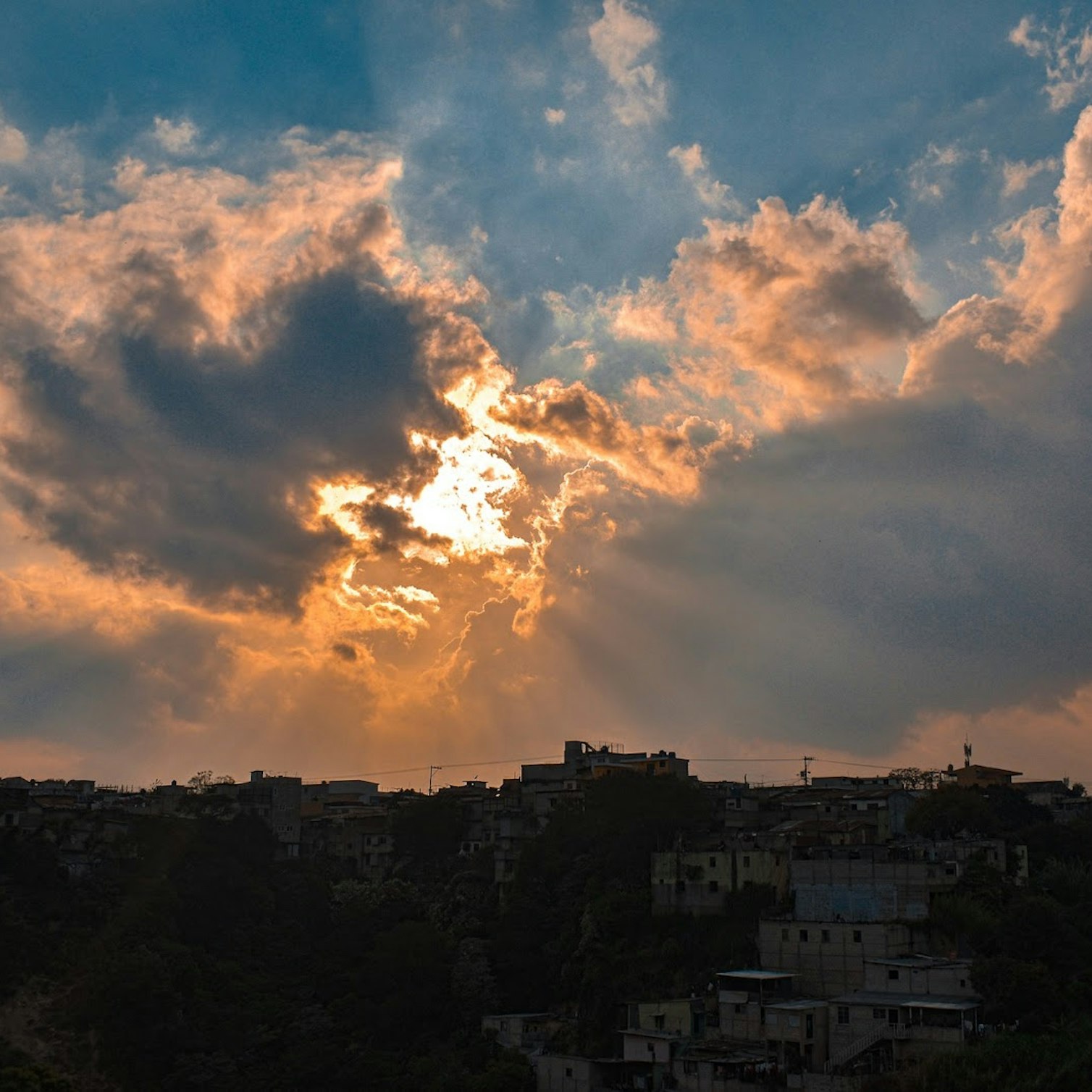
After disruptions caused by the COVID-19 pandemic in 2020, Latin America solar developers are ramping up projects to build out capacity. The transition from feed-in tariff subsidies to auctions and tenders in several countries has made the markets more attractive for investors, contributing to a flurry of activity.
BloombergNEF estimates that new renewable capacity installations in Latin America will exceed 10GW this year for the first time, due in part to pent-up demand after the pandemic prevented a fifth consecutive year of growth. It projects that around 30GW of new installations will be added through 2023, which will boost cumulative utility-scale solar photovoltaic (PV) and wind capacity by two thirds.
Let's look at the role of auctions and public tenders in driving renewable projects in Latin America, and especially solar power systems.
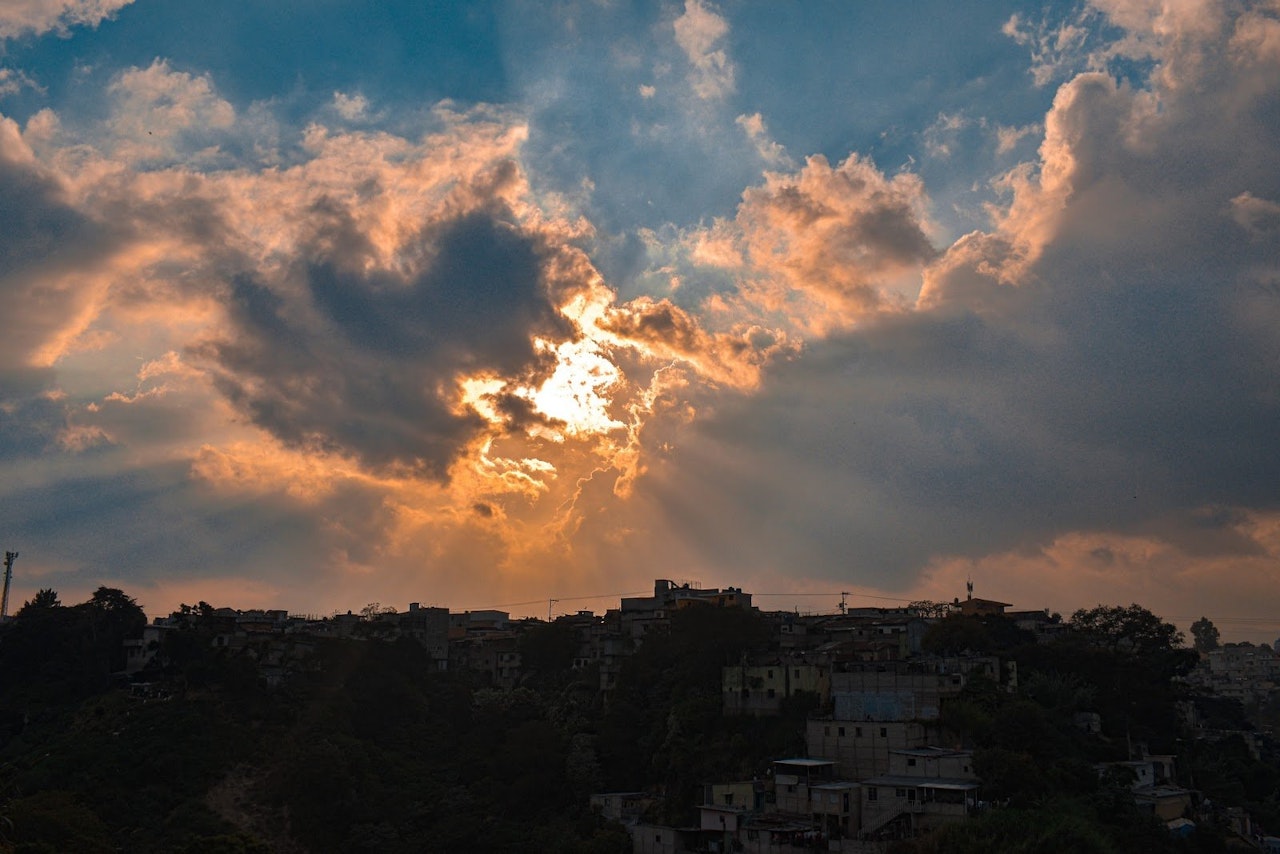
Latin America solar auctions drive investment
Political and economic instability in Latin America has previously heightened the risk for investors and limited their involvement in the region. But the introduction of renewable energy auctions and tenders has increased competition and price transparency, reducing the levelized cost of energy (LCOE). A regular auction schedule gives investors certainty and increases confidence.
With bidding on projects becoming more attractive, more investors have become involved in the Latin America solar market.
According to a report by the Latin American Energy Organization (OLADE) and the Global Wind Energy Council (GWEC), more than 80% of the current renewable capacity in Latin America and the Caribbean has been driven by public tenders and auctions. The region has some of the lowest solar and wind power prices in the world. Power purchase agreements (PPAs) are also playing a key role in attracting investors to expand renewable capacity.
The lion’s share of the installed capacity in the region is led by Brazil, Mexico, and Chile, which together accounted for more than 80% last year, with more projects scheduled for the coming years. Meanwhile, Ecuador is ramping up its renewable capacity from minimal levels. And Colombia has set ambitious plans to install 1GW of solar this year. Let’s look at some of the recent auctions and upcoming projects.
Read about how Celsia (Colombian industry leader) doubled down their PV project development bandwidth through software: Download Success Story
Brazil
The Brazilian Electricity Regulatory Agency and the Electric Energy Trading Chamber resumed auctions in July after none were held in 2020.
Among the projects that sold capacity in July, the 50MW Santa Luzia VII solar park will be built by Brazilian developer Rio Alto Energia in Paraíba. It sold 93% of its capacity across two auctions at 137.40 Brazilian reals (BRL) per MWh and BRL 138.50/MWh. The Santa Luzia IX Park, and the Santa Luzia V projects being built outside the auction scheme will also have a capacity of 50MW.
The Boa Hora plant in Pernambuco comprises three projects, each with a capacity of 23MW, and sold an average of 1.8MW for BRL 120/MWh in July, leaving most of the capacity available for the free market.
In another auction on 30 September, the government allocated 236.40MW of solar capacity across 20 projects. The average sale price was BRL 166.89/MWh, with an average of 47% of the capacity sold to captive consumers, while 35MW of capacity that was not contracted will be made available to the free market via PPAs.
With the Brazilian renewable market becoming more attractive, Dutch oil major Shell announced that it plans to invest BRL 3 billion ($565 million) in renewable capacity in the country through to 2025. Most of the investment will be in solar projects, with the company expecting to expand its solar project pipeline from 2GW to 5Gw by the end of the year. The announcement came as the company launched it’s clean energy and decarbonization brand Shell Energy in Brazil.
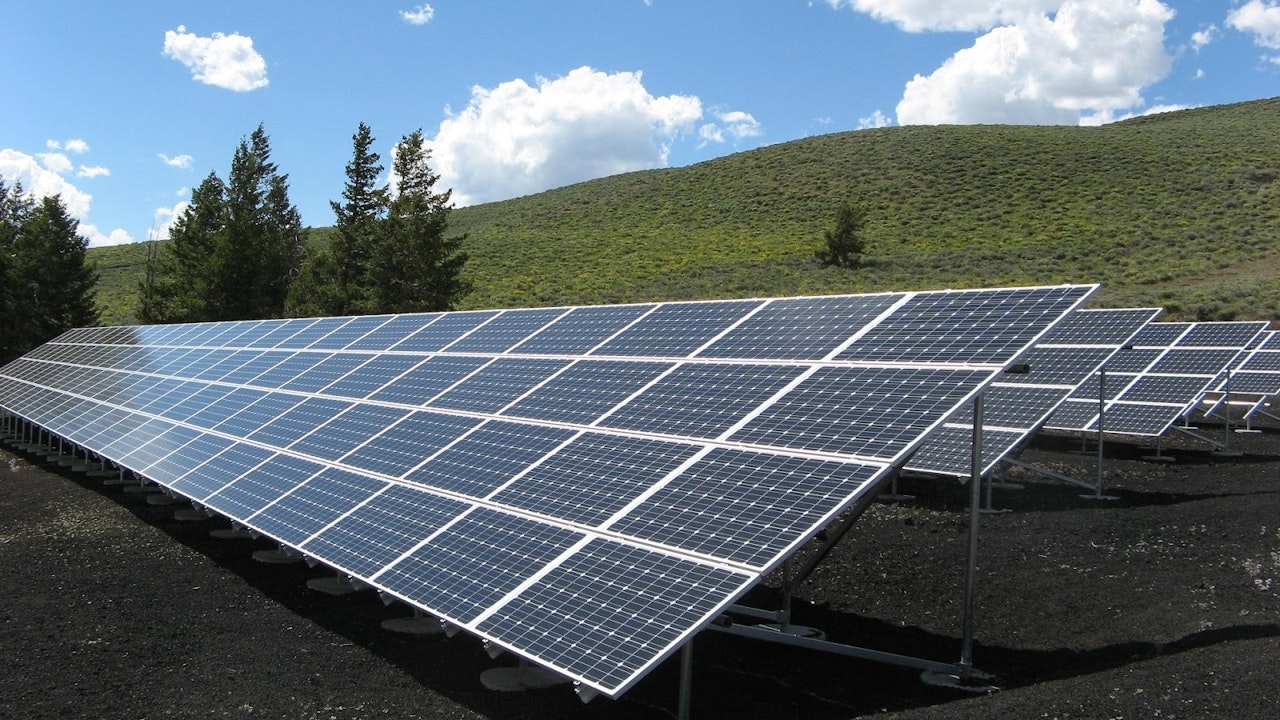
Chile
Thanks to its geographic location, Chile benefits from some of the highest solar irradiance levels in the world. Solar accounts for 55% of the 8GW of renewable capacity in the country, most of it added in the past couple of years.
On 7 September, the Chilean energy commission CNE announced that it selected five companies in a tender to supply 2,310GWh of renewable energy annually at an average price of $23.78/MWh from 2026 onwards. 29 bidders participated in the tender, offering 18,820 GWh of energy, equivalent to eight times the requested capacity. CNE expects the 2GW of capacity awarded to attract close to $2 billion of investment in new infrastructure.
Spain’s Opdenergy was awarded 35% of the capacity. It has an installed solar and wind capacity of 171MW in Chile. Its 104MW Sol de Los Andes solar project is currently under construction, with completion scheduled for the end of this year. The project was previously awarded in an auction the government held in 2016. The company will add another 600MW of solar and wind capacity to meet the needs of the latest tender.
Ecuador
Ecuador is a fledgling on the solar scene. The country had just 28MW of solar PV capacity installed at the end of 2020, according to the International Renewable Energy Agency (IRENA). The government held a 200MW tender in 2019 and 2020 that was awarded to Spanish developer Solarpack for its 258MW El Aromo project.
Ecuador is seeking to diversify its power supply as a third of its generation comes from the Coca Codo Sinclair hydropower plant, where output is threatened by river erosion in the Amazon region.
In September this year, the government announced plans to hold two renewable auctions, each for 500MW of capacity. The first is set to be held at the end of November, which the government expects to bring in $750 million in investment capital. The projects that are selected will be expected to start operations by the beginning of 2024. The second auction will be held in 2022, and further auctions could follow in the future.
Colombia
Colombia has less than 100MW of solar and wind installations in operation, but it’s running its third renewable energy auction and plans to ramp up capacity to 1GW in 2021, with more to follow in the coming years.
In June, Minenergía, the country’s mining and energy ministry, opened the call for the auction to be held by the end of the year. Projects with a capacity of more than 5MW that will be connected to the grid by the start of 2023 are eligible to apply for 15-year PPAs. XM, a subsidiary of Colombian state transmission operator ISA, released a list on 24 September of 69 companies prequalified for the auction, which is scheduled for 26 October.
The first renewable capacity auction was held in October 2019 for 2.8GW, followed by a second auction for 1.4GW of capacity including 238MW of solar.
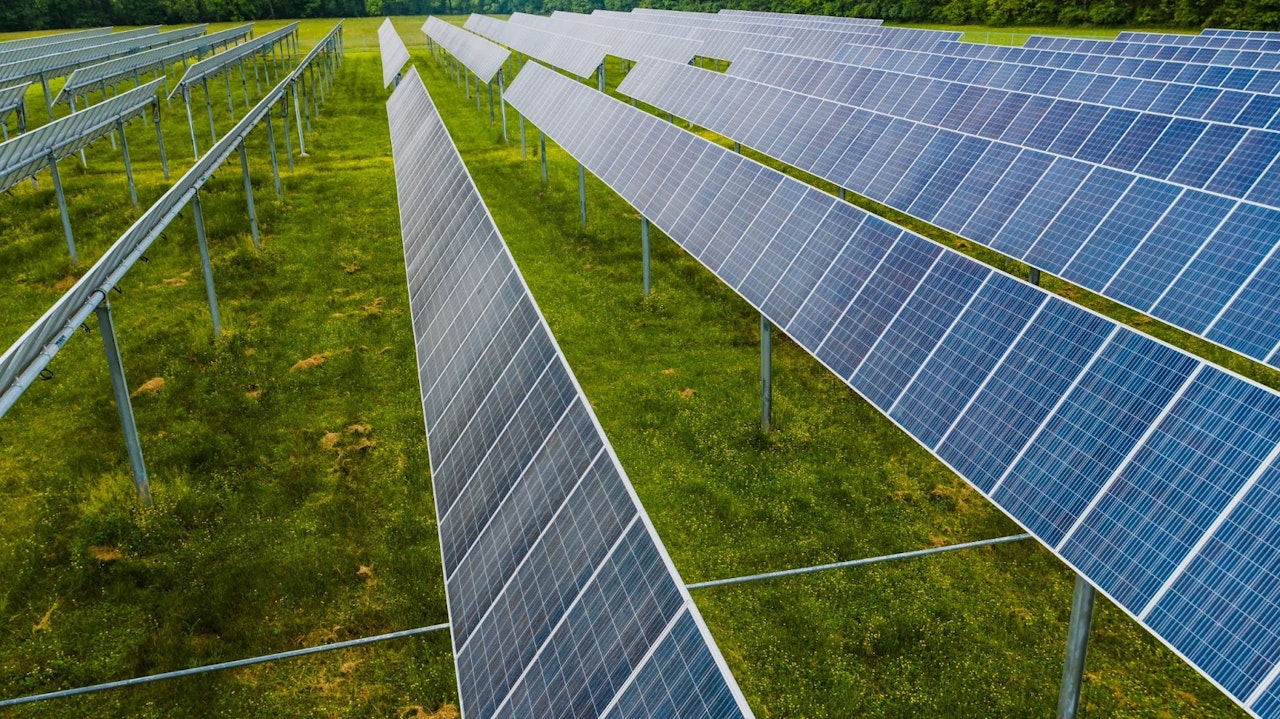
Plan your solar project with RatedPower
Are you developing a solar power project in Latin America, or elsewhere in the world?
RatedPower can help you to optimize the installation. Our platform helps companies find smarter ways to design their solar PV plants. Contact us to find out more.
Latest stories
Related posts
Market analysis
Defrosting the frozen Nordic solar market
Explore the Nordics’ solar grid challenges and energy transition strategy. Read the blog to uncover policy gaps and solutions shaping Europe’s green future.
Updated 8 JUL, 25
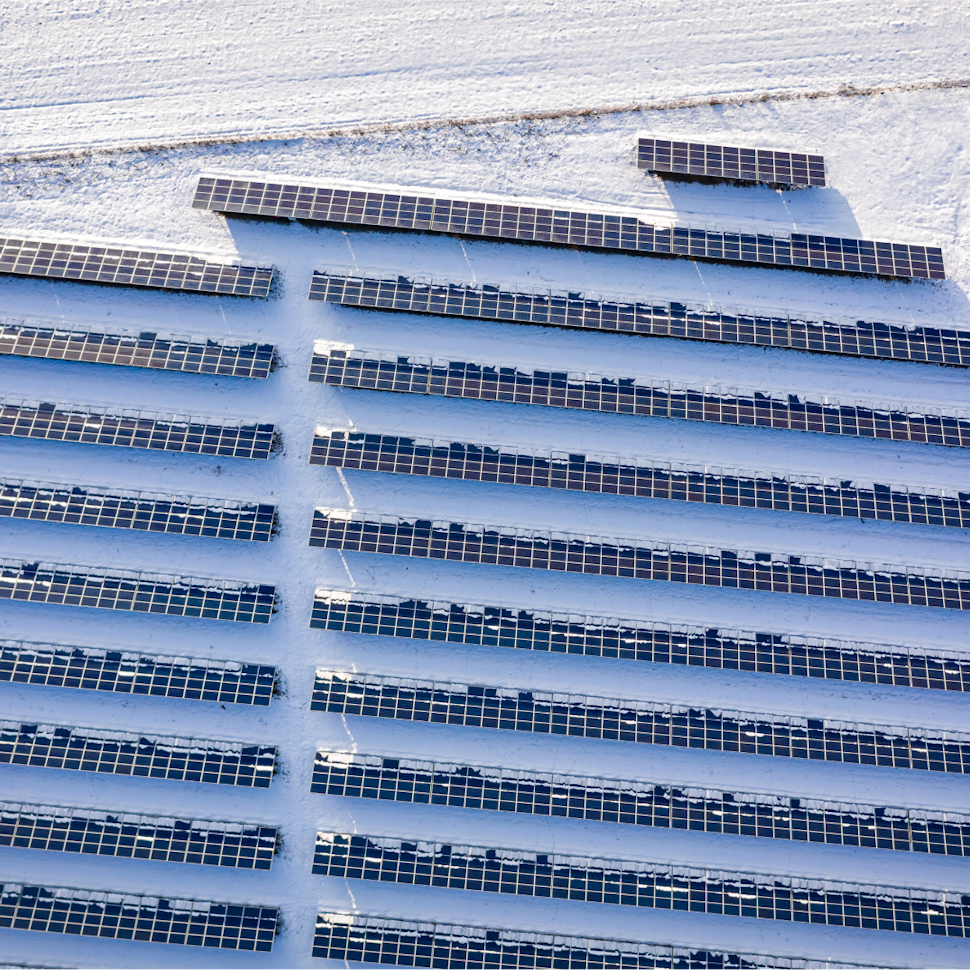
Market analysis
U.S. solar manufacturing grows fourfold, thanks to Inflation Reduction Act
Find out more about the Inflation Reduction Act and how it has increased U.S. solar manufacturing capacity fourfold since the legislation passed in 2022.
Updated 24 JUN, 25
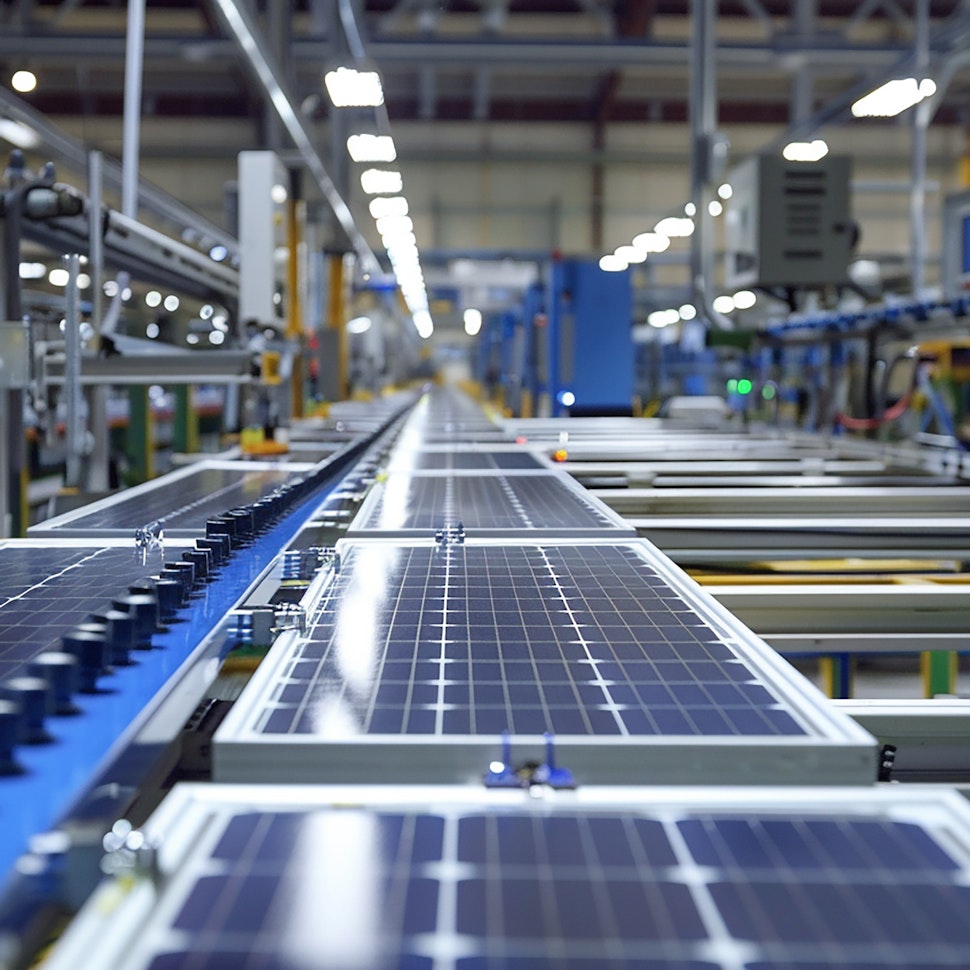
Market analysis
Italy’s €9.7 billion plan to boost renewables and reach net zero
Explore a new state aid scheme helping Italy to work toward a cleaner future and investing in onshore wind, solar PV, hydropower, and sewage gas projects.
Updated 10 JUN, 25
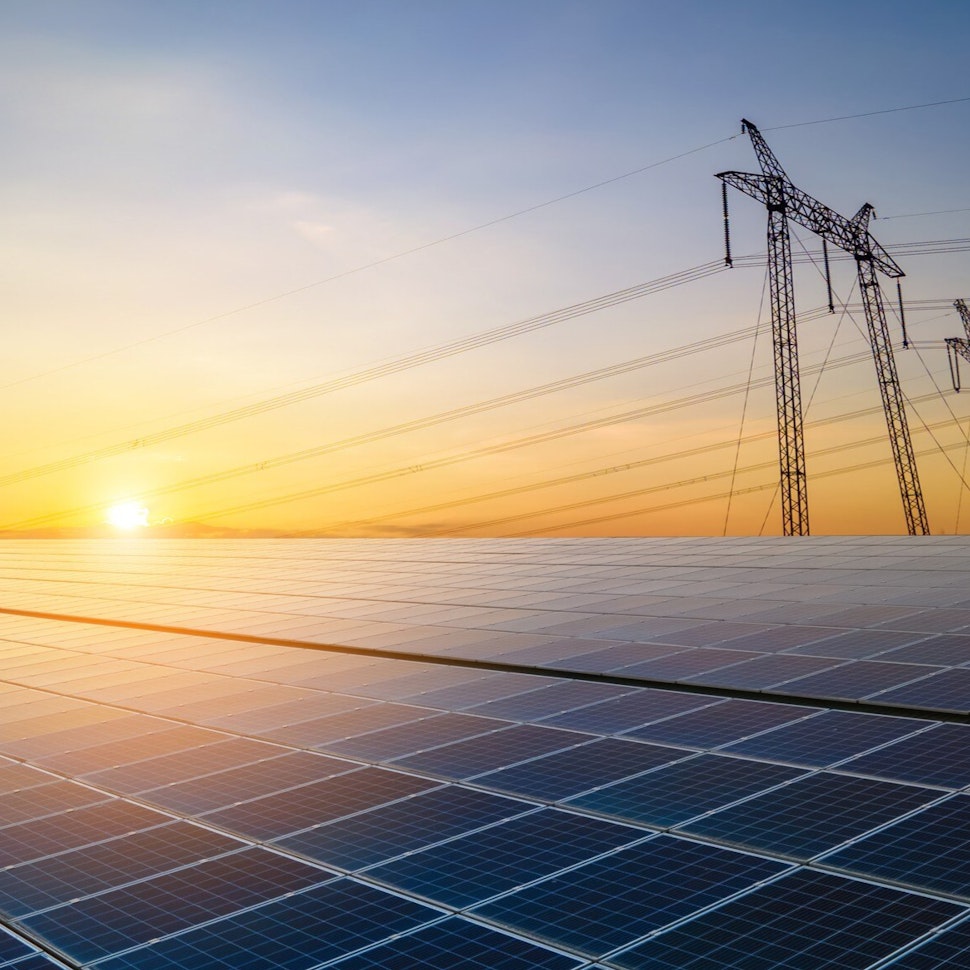
- RatedPower
- Solar energy blog
- How are auctions changing the solar market in Latin America?

